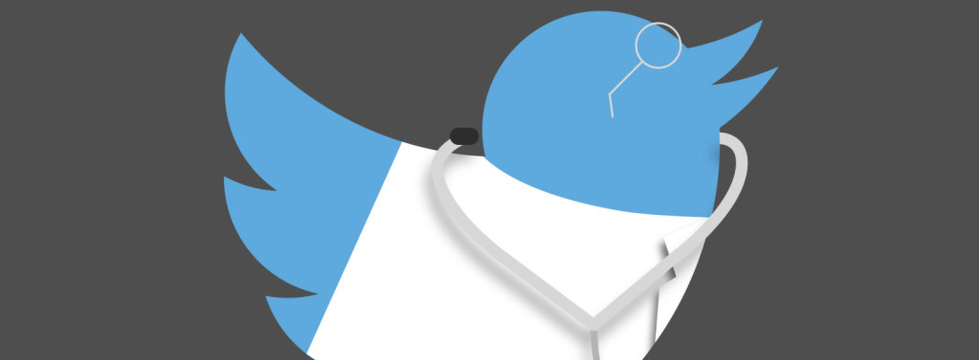Creating awesome video content to post on your website or medical practice review site profiles is a great start. But it’s just a start. Youtube is the sine qua non of marketing online with video. So to open this post on what you need to know about YouTube, here are four reasons you need to post your medical practice videos there:
- YouTube is the second most popular search engine after Google. So when patients search, “how to ice my ankle,” they’re probably doing that search on YouTube.
- Because Google owns YouTube, regularly posting new content to YouTube, with links back to your website and social media profiles, improves the SEO value of those sites as well. That means an active YouTube channel doesn’t just directly expand your reach by opening up a new platform for your content, it drives traffic back to you other digital properties, like your blog, as well.
- YouTube’s own reach is extraordinary. According to the site, YouTube reaches more 18-34 and 18-49 year-olds than any cable network in the United States.
- A couple more quick stats: More than half of YouTube views are done on mobile devices, and the average mobile watch session on YouTube lasts 40 minuts.
Now that you know why you should frequently posting video content on YouTube, here are some important notes to know before you tape your first video.
Get on Google My Business (if you’re not already)
Make sure medical practice has a Google Business account and sets up a channel under YouTube Brand account, which is easy to do once you have your Google Business account.
Choose a branded or memorable name
Think carefully if you want to use your practice name as the channel name. The point of the channel is to expand your reach, which means that you’re primarily trying to attract patients who don’t know your name. Consider whether it will be a better option to come up with a descriptive, memorable channel name – say, “All About Ankles” (Yeah, don’t use that one) versus “Dr. Rosetta Jones, MD.”
YouTube is rented space.
You don’t own your channel. This sounds scarier than it is. YouTube is too big to ignore, so this truth needs to be recognized and accommodated. YouTube changes how it operates and prioritizes certain videos all the time (similar to Google and their search results). It can also decide to restrict access to your content or take it down. Common reasons for this to happen are because you have content considered inappropriate for minors, somebody’s offended by your content or it has raised a copyright complaint. You can challenge YouTube’s actions in these cases, and may get the restrictions lifted. But don’t leave yourself and your video at YouTube’s mercy.
- Make sure you have master copies of every video stored and easily accessible on your own servers or file storage system. That way, you always have the finished, publishable content available to you to post elsewhere.
- Post elsewhere from the get-go. YouTube is THE video platform, but create shadow channels (secondary places where you “lurk”) on alternate platforms like Vimeo or DailyMotion. There are simple online tools that can upload your videos to multiple sites at once.
Your most valuable YouTube asset is your subscriber list.
Yes, your videos are high-value assets, but don’t forget about your subscriber list. Your subscriber list is harder to protect than your videos because YouTube has all the control over it, while you have options to protect your video content. To protect and gain maximum value from your YouTube subscriber list, you need to motivate subscribers to reveal themselves to you on your other digital properties, where you can capture their email address or social media handles.
Do this by always including calls-to-action (CTAs) in your video and in your video summaries to follow you on your social media profiles, sign up for blog updates or sign up for your newsletter. Whatever digital properties you have where you can connect directly with YouTube subscribers, regularly encourage them to check that content out as well so you have multiple access channels between your practice and its YouTube subscribers.
Cross promote your videos.
On the other hand, don’t forget to promote your YouTube video channel on all your other marketing content. You can easily embed a YouTube video into your social media posts and on your website. Promote your channel in your newsletter and on your website. YouTube works best with critical mass and there is a tipping point. The more eyeballs you get on your videos, the better they’ll rank and the broader reach they’ll achieve.
Consider being a YouTube advertiser.
You can advertise your channel or your medical practice. YouTube offers an app called YouTube Director to help small businesses create professional-grade YouTube ads.
Like every other active social media platform, YouTube has a lot going on. The details and opportunities are constantly shifting. The constant with YouTube is its unmatched audience for video content. It cannot, nor should it, be ignored. Especially if you’re already creating video content for your website. To not get video content you’re already making onto a YouTube channel is akin to video marketing malpractice.





